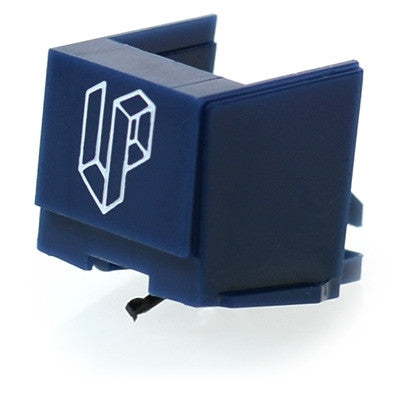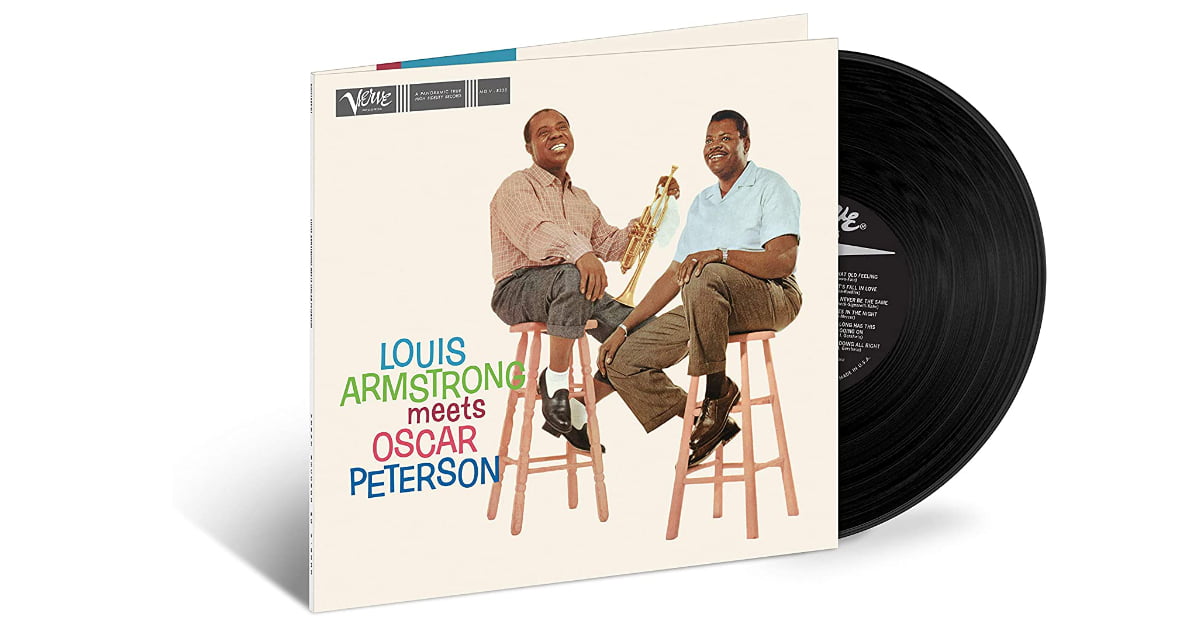You are using an out of date browser. It may not display this or other websites correctly.
You should upgrade or use an alternative browser.
You should upgrade or use an alternative browser.
Grado Cartridges and Stylus - Questions and Advice.
- Thread starter RenegadeMonster
- Start date
dansomeone
Well-Known Member
There's a guy around here who likes to talk about his fancy cables. Anyone know that guy I'm thinking of? With the fancy cables?On to interconnects, oooh boy
Last edited:
JohnnyCashFan
Well-Known Member
*Edit: Been referred to this thread for interconnect discussion. Tx @HiFi Guy those AP look nice for 99$ at AA.
 www.needlesandgrooves.com
www.needlesandgrooves.com
Cables - one of the most taboo subjects in audio
i was mostly wondering between BJC or audioquest evergreens (the mani will be the preamp and the amp will be a monoprice liquid spark) If you want a quiet cable that blocks interference so you don’t get buzzing/humming, you want Blue Jeans LC-1.
Last edited:
kvetcha
Chet Hanks' Filmography Buff
I believe there is an existing cable thread you could resurrect.Not like the world needs another Best - Most musical $100-200 or so interconnect but can I ask the well tuned ears here here or start a new thread ?
HayesWeighsIn
Well-Known Member
The 60 has a fixed headshell, doesn’t it? I think you’re limited to their conical stylus.I have an ATLP60. I need a decent semi cheap replacement stylus. Anybody got any suggestions? At some point, I’m going to upgrade to a new turntable just not sure when. Can’t commit to $500 for a new table yet.
Actually @Twentytwo you can get an elliptical replacement stylus.The 60 has a fixed headshell, doesn’t it? I think you’re limited to their conical stylus.

LP Tunes CARBON FIDELITY CFN3600LE stylus
LP Gear CARBON FIDELITY CFN3600LE stylus replacement turntable needle / stylus and styli for your record player cartridge. Buy a LP Gear CARBON FIDELITY CFN3600LE stylus at LP Tunes!
 lptunes.com
lptunes.com
HayesWeighsIn
Well-Known Member
That’s awesome. LP Gear to the rescue again.Actually @Twentytwo you can get an elliptical replacement stylus.

LP Tunes CARBON FIDELITY CFN3600LE stylus
LP Gear CARBON FIDELITY CFN3600LE stylus replacement turntable needle / stylus and styli for your record player cartridge. Buy a LP Gear CARBON FIDELITY CFN3600LE stylus at LP Tunes!lptunes.com
Twentytwo
Pre-order Goodness
The 60 has a fixed headshell, doesn’t it? I think you’re limited to their conical stylus.
Thanks for the replies. This one looks perfect.Actually @Twentytwo you can get an elliptical replacement stylus.

LP Tunes CARBON FIDELITY CFN3600LE stylus
LP Gear CARBON FIDELITY CFN3600LE stylus replacement turntable needle / stylus and styli for your record player cartridge. Buy a LP Gear CARBON FIDELITY CFN3600LE stylus at LP Tunes!lptunes.com
dansomeone
Well-Known Member
I had that very same LP Gear cartridge on my Pioneer TT, it's good.Thanks for the replies. This one looks perfect.
JohnnyCashFan
Well-Known Member
I like the small changes 2G Tracking force made on the Opus3. Everything is a little bigger, bass a bit more solid, presentation slightly more forward, row 1, stage about the same width perhaps a little less ?. YMMV
Last edited:
JohnnyCashFan
Well-Known Member
Question for Grado users. I was planning on experimenting with VTA on my VPI/Opus3 rig. When you have changed the VTA on your arm have you found that a Grado stylus will need to be re broken in again to some extent seeing the angle at which the sylus is touching the vinyl has changed ?
AnthonyI
Well-Known Member
Not sure of the audible difference, but with the body shape I would be careful with the VTA, it rides a little low as it is and might give you some issues on the back end. That being said, I've found with past Grado's they've sounded best, in my opinion, at their default VTA.Question for Grado users. I was planning on experimenting with VTA on my VPI/Opus3 rig. When you have changed the VTA on your arm have you found that a Grado stylus will need to be re broken in again to some extent seeing the angle at which the sylus is touching the vinyl has changed ?
JohnnyCashFan
Well-Known Member
Not sure of the audible difference, but with the body shape I would be careful with the VTA, it rides a little low as it is and might give you some issues on the back end. That being said, I've found with past Grado's they've sounded best, in my opinion, at their default VTA.
Perhaps if you listening to audiophile pressings it does not matter much. I think it's worth experimenting with. Of course things will vary on cart, arm, table, setup, etc. Harry Weisfeld (VPI) likes to tip his wood body Grado's up a bit to improve high's, and I been told Mr Grado himself liked to tip the back down for better noise response and bass (not sure how that applies to the newest designs). I will report my findings.
Last edited:
JohnnyCashFan
Well-Known Member
VTA experiments with the Opus3 were very worthwhile for dialing my sound in. If you have adjustable VTA on your table and do not mind tinkering with your setup I would recommend giving it a try to see if you like the seults. As it is a game of slight changes, be sure to keep good notes.
*YMMV, only preform if you have some turntable setup experience/knowledge or a tech that can do so.
*YMMV, only preform if you have some turntable setup experience/knowledge or a tech that can do so.
Last edited:
Mather
Unknown Member
I'm very disappointed it took me this long to see this.There's a guy around here who likes to talk about his fancy cables. Anyone know that guy I'm thinking of? With the fancy cables?
If you need me I'll be over here, hugging my cables and whispering sweet nothings into their RCA and AC connectors...
Weird question. I have a record (new Louis Armstrong/Oscar Peterson verve acoustic sounds) with known vocal distortion. I have made multiple changes to a couple systems lately different carts with different tables/amps/speakers and I noticed that throughout the changes the distortion on the Grado cart is far less noticeable than on two AT carts (atvm95e at120e). All carts have probably 100 hours or less. Again the record is known to have vocal distortion in the recording, is there a reason it would be less pronounced on the Grado?
I see one of three possible reasons, or a combination of the three:Weird question. I have a record (new Louis Armstrong/Oscar Peterson verve acoustic sounds) with known vocal distortion. I have made multiple changes to a couple systems lately different carts with different tables/amps/speakers and I noticed that throughout the changes the distortion on the Grado cart is far less noticeable than on two AT carts (atvm95e at120e). All carts have probably 100 hours or less. Again the record is known to have vocal distortion in the recording, is there a reason it would be less pronounced on the Grado?
1. You’ve managed to get a better setup in regards to alignment with the Grado.
2. The Grado is a better match to the arm(s) than the other two.
3. Moving Iron cartridges (like the Grado) have lower moving mass than Moving Magnet cartridges (like the A/T) so they can more accurately trace the grooves. All of those cartridges have elliptical styli, so that isn’t a variable.
I guess part of my question is could one reason be that the AT carts are picking up what is on the actual recording more accurately. When I first listened to the record I was surprised at the distortion and then read a handful of reviews that it was a known issue on the recording. From one review:I see one of three possible reasons, or a combination of the three:
1. You’ve managed to get a better setup in regards to alignment with the Grado.
2. The Grado is a better match to the arm(s) than the other two.
3. Moving Iron cartridges (like the Grado) have lower moving mass than Moving Magnet cartridges (like the A/T) so they can more accurately trace the grooves. All of those cartridges have elliptical styli, so that isn’t a variable.

Louis Armstrong Meets Oscar Peterson, Acoustic Sounds Verve Records Vinyl, Streaming
Mark Smotroff explores another rare jazz classic reissue...
Curiously, when I went to Tidal to play the album (a 16-bit, 44.1 kHz CD quality stream) the hot distortion seemed more distinct than on my 1997-era CD. If you want to do your own comparison, contrast, click here is the link to Tidal and here for Qobuz.
Is it an issue that one cart is doing a better job of picking up a known issue in a recording even if that means it sounds worse?
JohnnyCashFan
Well-Known Member
I guess part of my question is could one reason be that the AT carts are picking up what is on the actual recording more accurately. When I first listened to the record I was surprised at the distortion and then read a handful of reviews that it was a known issue on the recording. From one review:

Louis Armstrong Meets Oscar Peterson, Acoustic Sounds Verve Records Vinyl, Streaming
Mark Smotroff explores another rare jazz classic reissue...audiophilereview.com
Curiously, when I went to Tidal to play the album (a 16-bit, 44.1 kHz CD quality stream) the hot distortion seemed more distinct than on my 1997-era CD. If you want to do your own comparison, contrast, click here is the link to Tidal and here for Qobuz.
Is it an issue that one cart is doing a better job of picking up a known issue in a recording even if that means it sounds worse?
Grado's are known to be good trackers along with all the other reasons the others mentioned.
